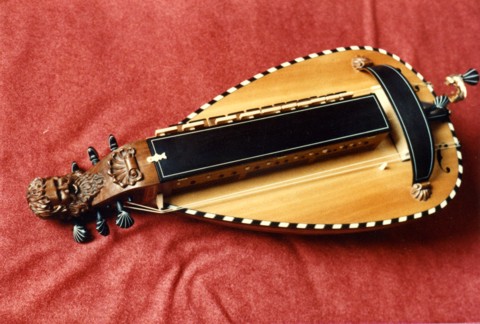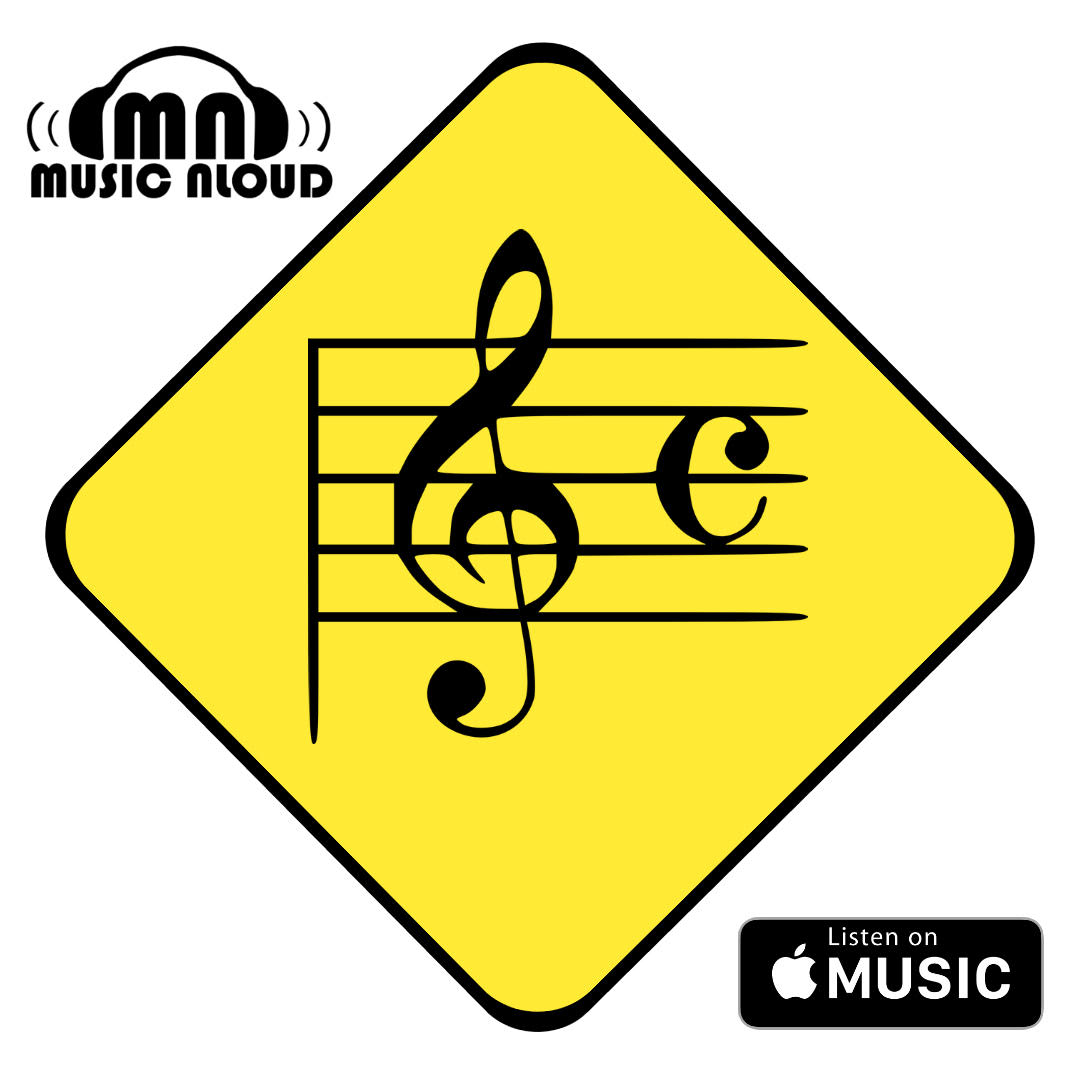 In 1968, the Scottish musician Donovan released a hit single called The Hurdy Gurdy Man. The name of the song was inspired by his friend Mac Macleod’s band Hurdy Gurdy. Neither the song nor the band had anybody who played a hurdy gurdy. However, the repeated reference to hurdy gurdy in the song did help revive an almost forgotten musical instrument and it was used by a lot of contemporary musicians in the days to follow.
In 1968, the Scottish musician Donovan released a hit single called The Hurdy Gurdy Man. The name of the song was inspired by his friend Mac Macleod’s band Hurdy Gurdy. Neither the song nor the band had anybody who played a hurdy gurdy. However, the repeated reference to hurdy gurdy in the song did help revive an almost forgotten musical instrument and it was used by a lot of contemporary musicians in the days to follow.
The hurdy gurdy is quite unique in its structure. Since it is considered to be a folk instrument, it does not have a standard structure and hence a lot of variants are available. However, the three key parts of the instrument are the strings, the wheel and the keys which are constant across all designs. The rosined wheel is rotated by a crank that moves against the strings similar to a violin bow. There are two types of strings in this instrument — the melody strings and the drone strings. The drone strings give a constant pitch to accompany the melody that is produced by the strings passing through the key-box. Because of the constant pitch created by the drone strings, many people often confuse it with a bagpipe. The keys are connected to the melody strings through tangents that create the notes of the melody. The unique structure of this instrument makes it a rare keyboard instrument on which one can bend notes.

The Hurdy Gurdy is nowadays considered to be a Celtic instrument. However, its origins maybe traced back to the middle-east. The earlier version of this instrument was called the Organistrum and it was played by two people with one turning the wheel and the other pulling the keys. Later the instrument was modified so that a single person could play the instrument by turning the wheel with his right hand and playing the keys with his right. The Hurdy Gurdy was quite popular in Europe during the medieval and Renaissance period. However, the instrument lost its noble patronage as it provided only a limited range of notes and new age music demanded polyphonic instruments. During the 18th century, however, French Rococo tastes for rustic diversions brought the hurdy gurdy back to the attention of the upper classes, where it acquired tremendous popularity among the nobility, with famous composers writing works for the hurdy gurdy. By the twentieth century, the instrument had again almost become extinct.
As mentioned before, the instrument came back into public consciousness due to Donovan’s song The Hurdy Gurdy Man. In contemporary times, a lot of musicians have used the Hurdy Gurdy, however, only rarely. Ritchie Blackmore, former guitarist of the band Deep Purple sometimes plays Hurdy Gurdy while playing for his band Blackmore’s Night. Metallica used a hurdy gurdy in their song Low Man’s Lyric from the album ReLoad which was played by David Miles. Sting played a hurdy gurdy accompanying Alison Krauss in the song You Will Be My Ain True Love from the Cold Mountain soundtrack.
Although this instrument has been used off and on in contemporary music, there are few well known dedicated players of hurdy gurdy. The most well known amongst them is probably Nigel Eaton who has released 10 albums as a hurdy gurdy player and also accompanied well known artists such as Jimmy Page and Robert Plant. To revive interest in the instrument, a group of enthusiasts has started the annual Hurdy Gurdy festival which takes place in UK during the months of April every year since 2007. We can only hope that their efforts would prevent it from getting extinct once again.
Melissa The Loud talks about Hurdy Gurdy and music.
A beautiful solo on the Hurdy Gurdy
Ritchie Blackmore Playing the hurdy gurdy
Donovan – The Hurdy Gurdy Man




oh nice.. 🙂
I forgot to mention, there’s a picture in the album’s liner notes of Thompson sitting with a hurdy gurdy in his lap, and behind him a Vincent Black Lightning motorcycle, mentioned in one of the album’s songs.
@smith: thanx a lot for that video. 🙂
The hurdy gurdy appears on several Richard Thompson albums, most notably 1991’s “Rumor And Sigh” and the song, “I Feel So Good”.